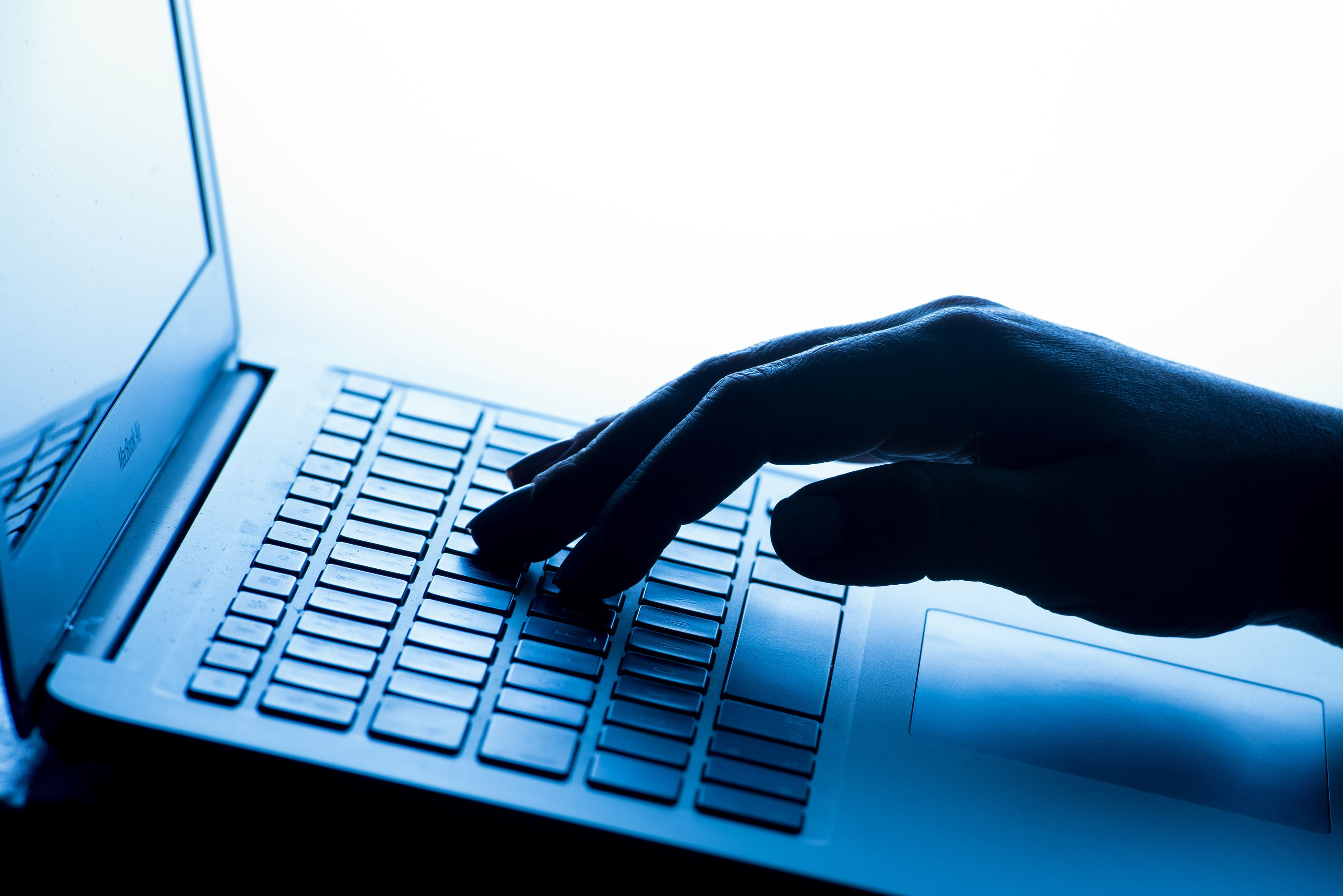
Fraud in Scotland was 56% higher last month than it was in 2019, new figures reveal.
The latest Recorded Crime In Scotland bulletin from the Scottish Government shows there were 1,354 fraud crimes in August, up 488 compared to the same month last year.
Recent changes in the methodology of the way crime is recorded are likely to have led to additional incidences being noted, so the increase cannot solely be linked to Covid-19.
However, there has been a sharp rise in reports of ongoing scams related to coronavirus, as recently highlighted by the First Minister.
Local authorities have reported fraudulent applications for UK Government grants, and there have been reports of people going door-to-door pretending to be NHS workers collecting donations or offering to spray paths and driveways with anti-bacterial treatment for cash.
Marjorie Gibson, head of operations with Scotland’s national consumer advice service, consumeradvice.scot, said the figures suggest fraudsters are finding new ways to exploit the public by preying on people and businesses.
“We urge everyone to be vigilant as fraudsters can sound very plausible and persuasive, and it can be easy to be taken in by them,” she said.
“It’s always important to check emails very carefully and not to immediately contract with someone who cold calls. The Test And Protect scheme will never ask for money.”
She added: “Our advisers are on hand to offer tips on what to look out for to avoid being scammed, and we can report any instances to Trading Standards Scotland for further investigation.”

Enjoy the convenience of having The Sunday Post delivered as a digital ePaper straight to your smartphone, tablet or computer.
Subscribe for only £5.49 a month and enjoy all the benefits of the printed paper as a digital replica.
Subscribe